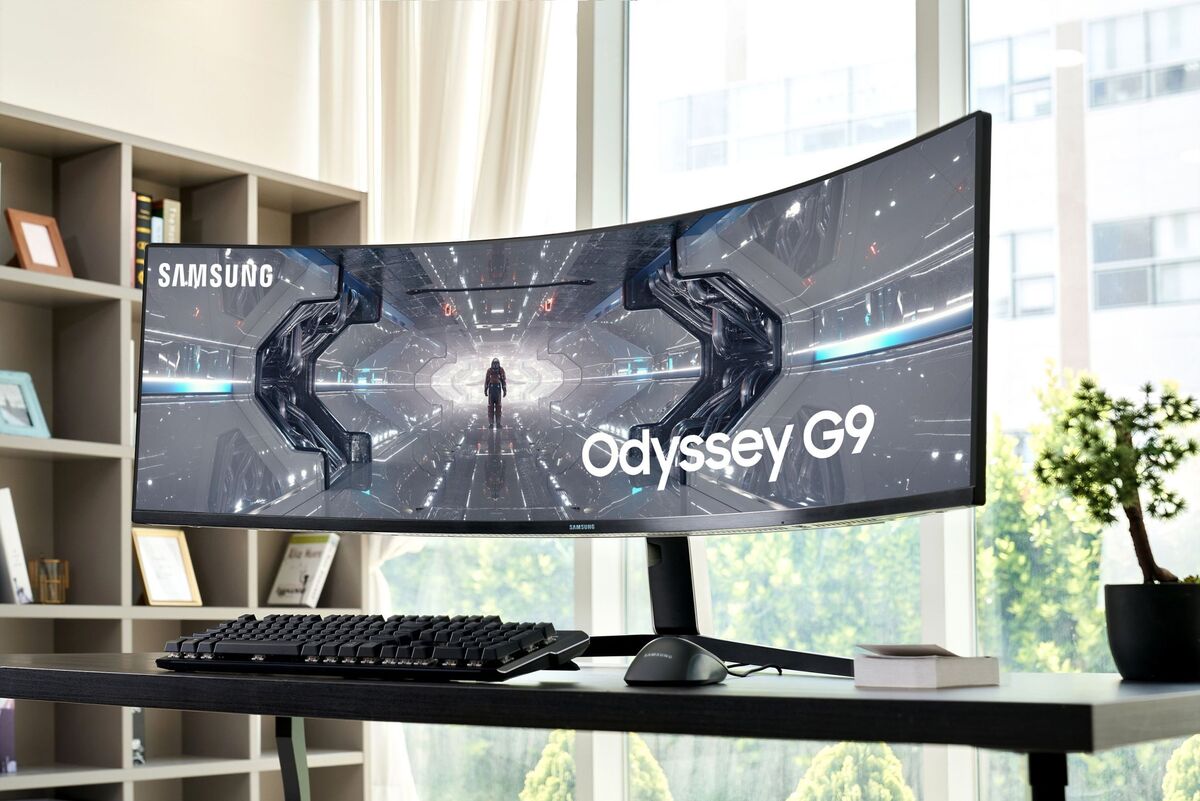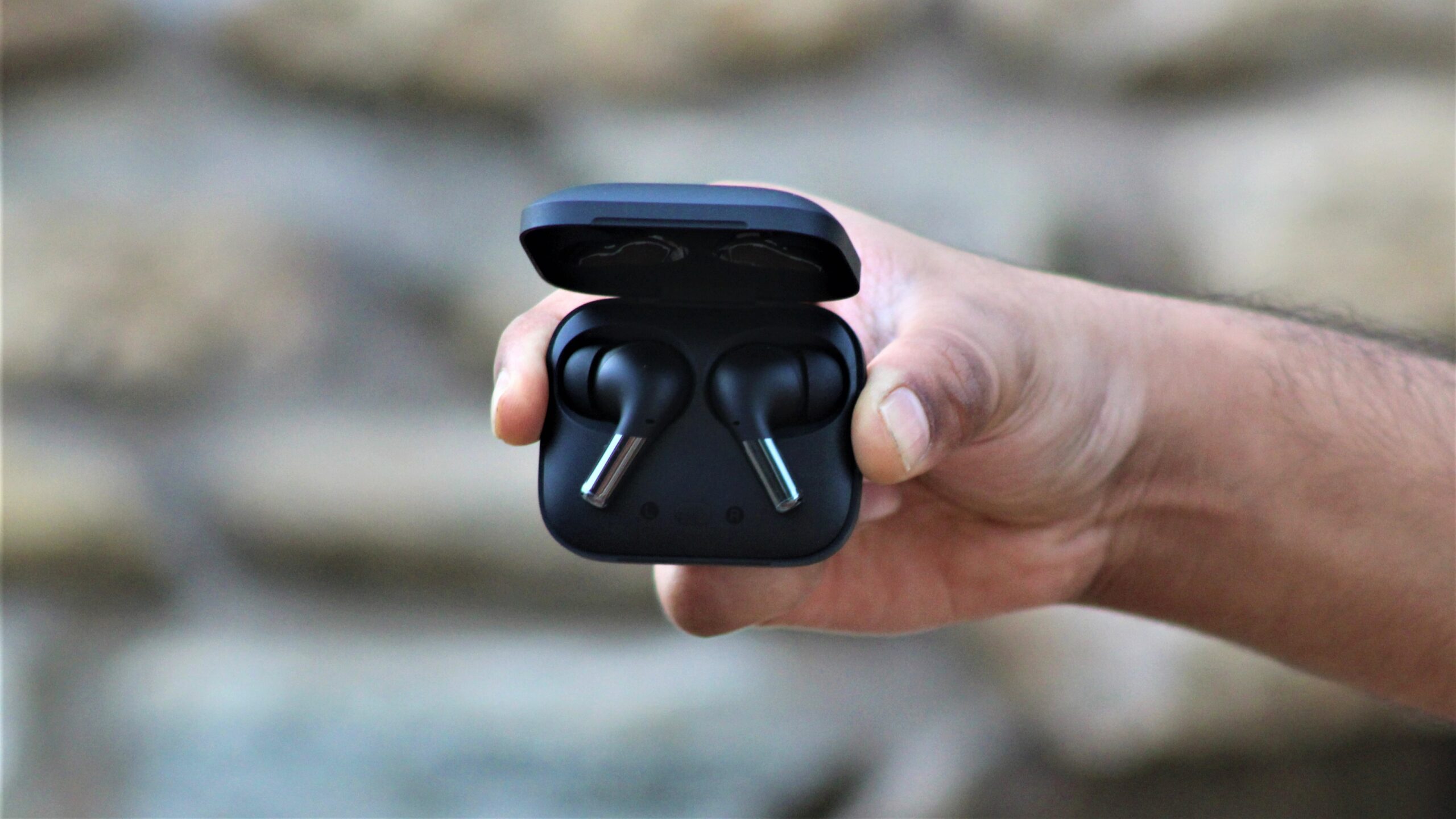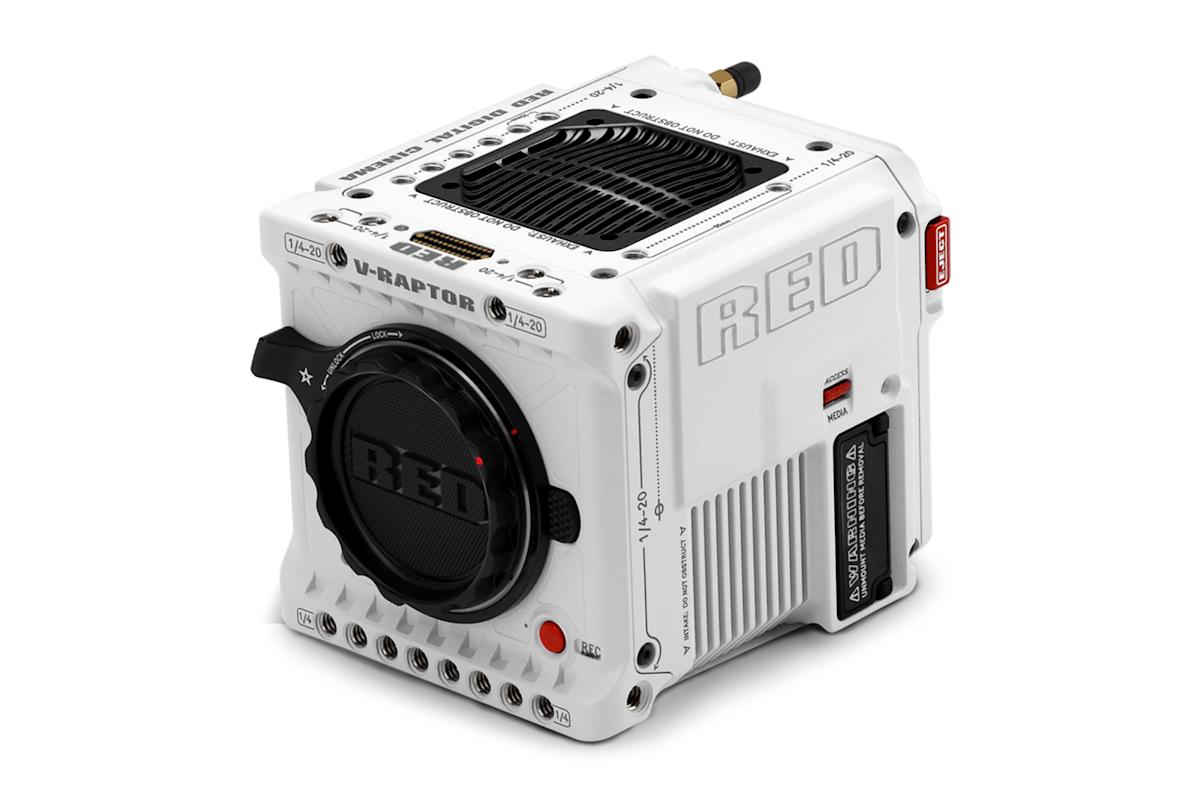When you set out to buy one of the best game monitors, there are hundreds of different options out there. All types of sizes, resolution, display technology and even aspect ratios are available to you to project the best PC games.
And one of the most popular types of monitors that are increasingly popular recently is an ultrawide monitor. This display is far more immersive, and can even increase productivity when you complete work. But do they really deserve your time, money and space?
What is an ultrawide monitor?
When it comes to monitors, the most common aspect ratio is 16: 9, which is a public widescreen aspect ratio, which also offers most of these TVs. This is different from the way everything in the early 2000s and 1990s, when most monitors aged 4: 3, and everything is a little more square.
However, there are more and more displays available today that have a 21: 9 aspect ratio that is far wider than those offered by the monitor 16: 9. Instead of displaying 1,920 x 1,080 in this ratio, you even get 2,560 x 1080, which gives you More horizontal space.
But even recently we have seen this display further out, with some, such as Samsung Odyssey Neo G9 offering a 32: 9 aspect ratio, or a resolution of 5,120 x 1,440. This super-ultra monitor will really take the entire field of your vision.
So, what is the weakness of the Ultrawide monitor?
It all sounds very extraordinary, to make sure, but not all sunshine and roses for ultrawide monitors. There are many factors that might make some people think twice before putting one of these giant monitors on their desk – and yes, the size is great.
You will be difficult to find ultrawide monitors that are less than 34 inches, and even when they are curved (and many of them) they can take a lot of horizontal space on your table, which can be a problem if you don’t have much space. For example, the Ultrawide monitor that we use every day at home, AOC Agon AG352UCG6 measures the black edition of almost 34 inches horizontally. It’s mostly thanks to the big bezel look, but it’s something to remember if you have a smaller table.
They are also much harder to really be powerful. If you want to get a 1440p monitor, the monitor at the resolution will require more graphic horsepower to run it. However, the display 3,440 x 1,440 has 34% more pixels from 16: 9 2,560 x 1,440 imagery. You are close enough to 4K at that resolution, so you will want a strong graphics card to turn it on.
And if you buy a monitor to mainly play your favorite PC game, you might want to check to make sure the game you want to play actually supports ultrawide resolution. While ultrawide support is getting better every day, there is still a ton of popular games that will leave you with a giant black bar on both sides of the screen.
Overwatch, paladins and even psychonauts 2 are all games attached to the ratio of 16: 9 aspects that are rigid in the game. Many competitive games will block this broader aspect ratio because developers (or community) feel like it can provide an unfair competitive advantage. And even with non-competitive games, sometimes Ultrawide support is something that has not been expected.
Ultrawide monitors are still feasible
Just because there are many things you should consider before you decide to take ultrawide monitors, that doesn’t mean that they are not feasible. Far from it.
In fact, we are constantly annoyed that we must keep the monitor 16: 9 which is boring around to benchmarking, because in almost all cases, we prefer to use ultrawide monitors for all. And that’s because the best ultrawide monitor is very good for everything – from playing games to complete the job.


![How do I resolve [pii_email_acfbea1464775cbbb54e] error?](https://huffusa.com/wp-content/uploads/2021/09/download-9.png)

